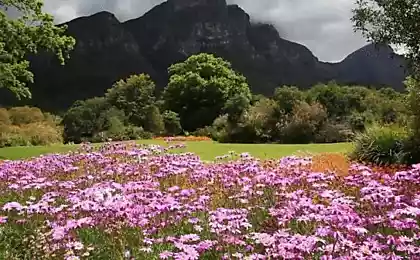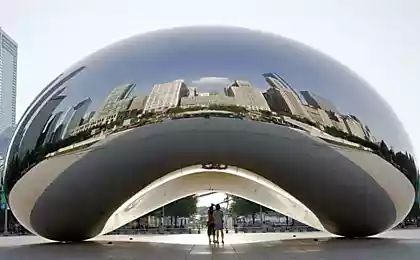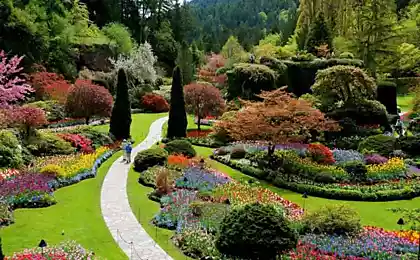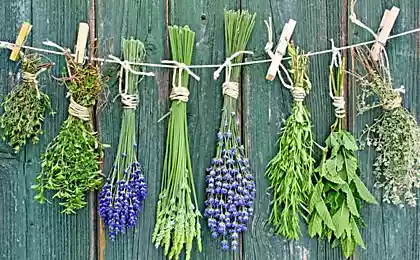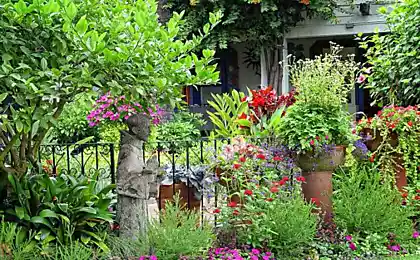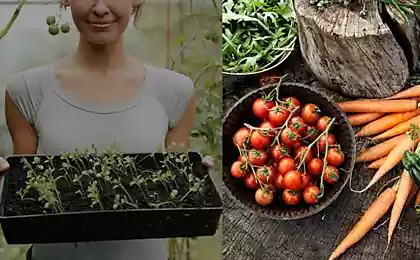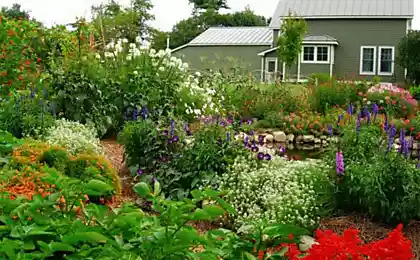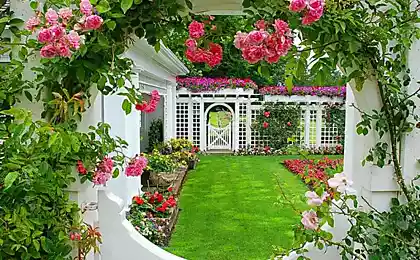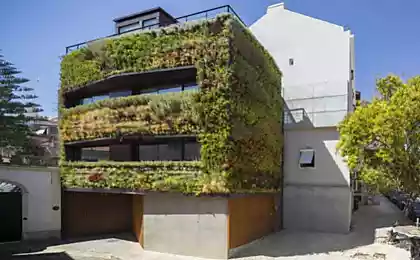216
Wonder Garden in a Bottle: How to create an ecosystem that lives 50 years without care

Step-by-step instructions for creating an eternal terrarium
Creating a terrarium that can live for decades without care is a fascinating process that showcases the magic of nature. This “eternal garden” in a bottle is a self-sustaining ecosystem. To create it, follow this step-by-step instruction:
- Choose the appropriate container: Use a glass bottle or jar with a sealed lid. Transparent walls will allow you to observe the processes inside.
- Create a drainage layer: At the bottom of the container, put a layer of small stones or gravel (about 2-3 cm). This will ensure the outflow of excess moisture.
- Add activated charcoal: On top of the drainage, pour a thin layer of activated carbon. It will prevent the development of mold and rot.
- Fill the soil: Use light and organically rich soil suitable for your chosen plants. The thickness of the layer is 5-7 cm.
- Plant the plants: Choose small, slow-growing plants suitable for wet conditions. Place them so that they look harmoniously inside the container.
- Moisten: Pour the plants carefully, avoiding excess water. The ground should be wet, but not wet.
- Close the container: Close the bottle or jar tightly. This will create a sealed environment for a self-regulating ecosystem.
- Put it in a bright spot: Place the terrarium in a place with indirect sunlight. Avoid direct rays to prevent overheating.

List of necessary plants and materials
To create a successful terrarium, you will need the following materials:
- Glass bottle or jar with lid
- Small stones or gravel
- Activated carbon
- Easy soil for plants
- Miniature plants, for example:
- Mosses (sphagnum, forest moss)
- Ferns (pteris, nephrolepis)
- Succulents (if the terrarium is open)
- Miniature tools: spoon, stick, tweezers
- Water (distilled or filtered)
The Secrets of the Right Balance
In order for a terrarium to live for decades, it is important to create the perfect balance between water, light and air. Here are some secrets:
- Humidity control: Make sure there is no excess moisture inside the container. If condensation appears on the walls of the bottle, leave it open for several hours for ventilation.
- Right light: Use diffuse light to allow plants to grow but not overheat. The best option is to place a terrarium near a window facing east or north.
- Minimum intervention: Do not open the bottle unnecessarily. The ecosystem itself regulates the level of moisture and gas exchange.
- Plant selection: Give preference to plants that grow slowly and tolerate high humidity.
Photos of the most successful experiments
Below are photos of successful terrariums that inspire you to create your own “miracle garden”:



These examples show how you can create a real ecosystem in miniature, which will become the decoration of your home.
Scientific explanation of the phenomenon
A terrarium in a bottle is a closed ecosystem in which the same processes occur as in nature. Moisture from the soil and plants evaporates, settles on the walls of the bottle in the form of condensate and is again absorbed into the soil, creating a water cycle.
Plants, thanks to photosynthesis, produce oxygen, which is necessary for the respiration of microorganisms in the soil. Microorganisms, in turn, decompose organic matter and enrich the soil with nutrients. Thus, the terrarium supports itself, without external interference.
Scientists believe that such systems demonstrate the principles of sustainable development and provide an opportunity to study complex environmental processes in miniature. This is not only fascinating, but also useful for understanding natural laws.
Conclusion
Creating a “miracle garden” in a bottle is not only a creative process, but also a way to approach nature and understand its harmony. Such a terrarium will become not only a unique element of the interior, but also an example of how nature can live and develop in a confined space.
Try to create your own “eternal garden” and enjoy the magic of a living ecosystem in your home. This activity will captivate you and give you a sense of harmony and tranquility.
Slum genius children: How a Teacher Created a Computer-Free School of the Future
The secret of mountain honey: How a beekeeper from Nepal created a healing elixir
